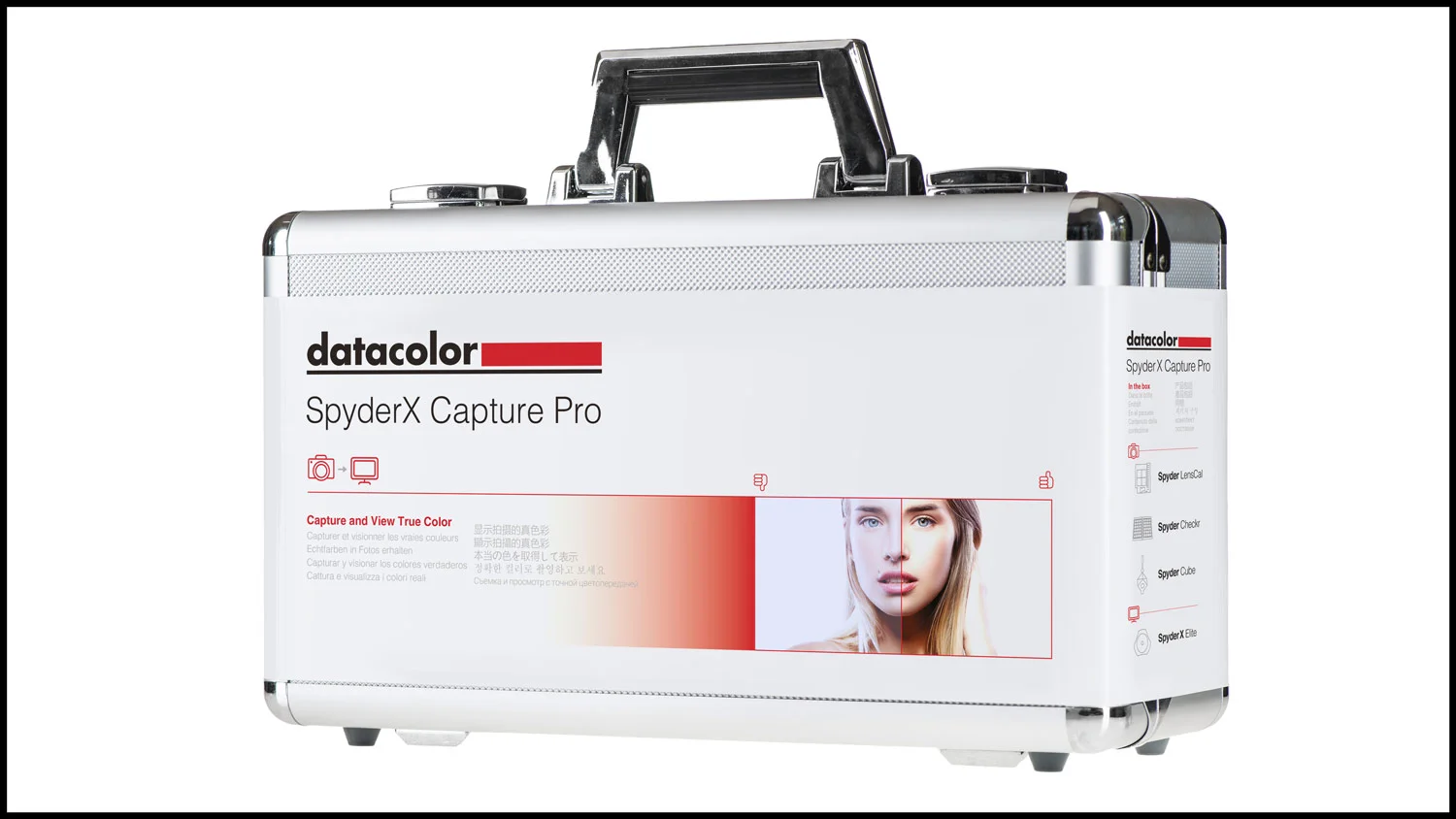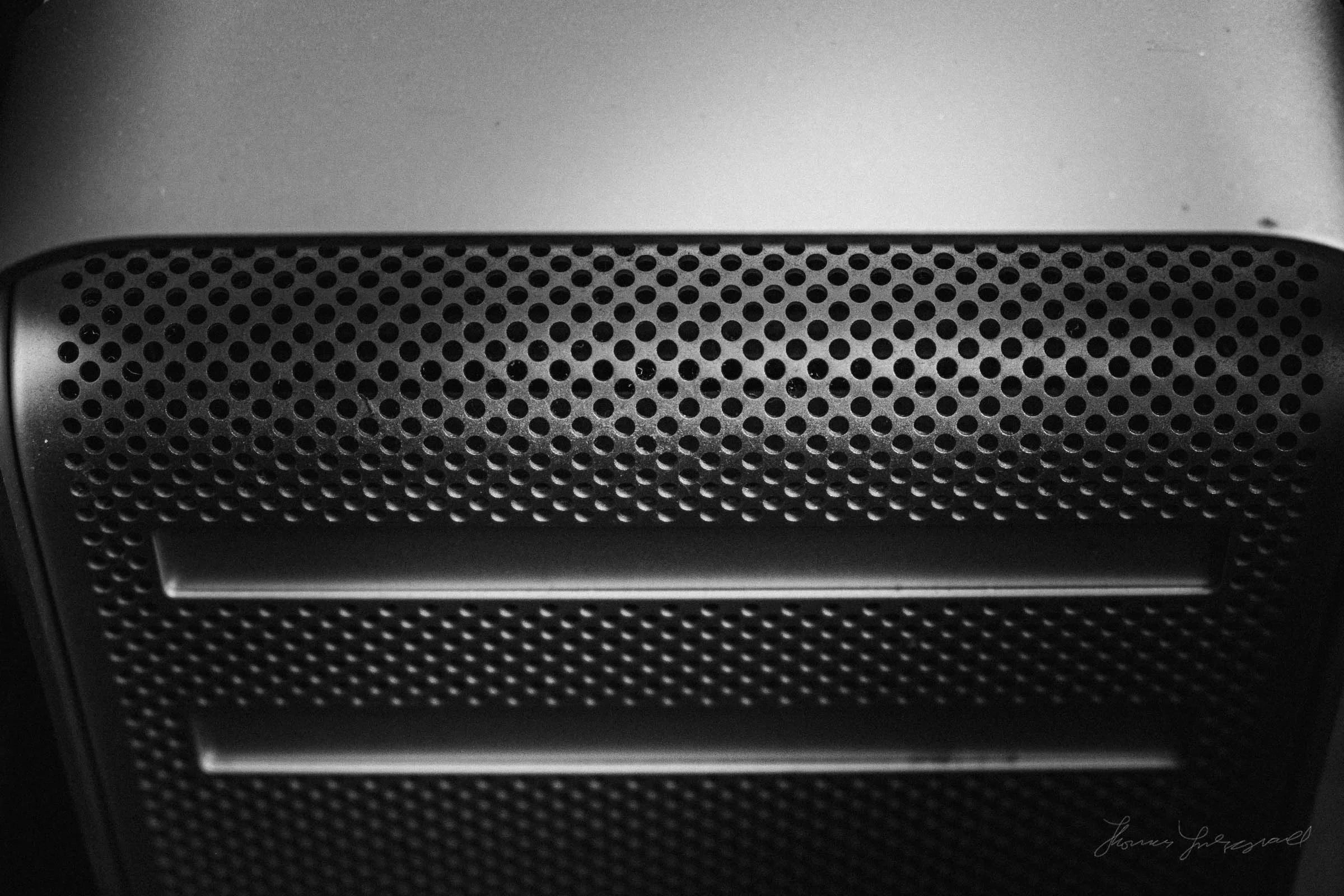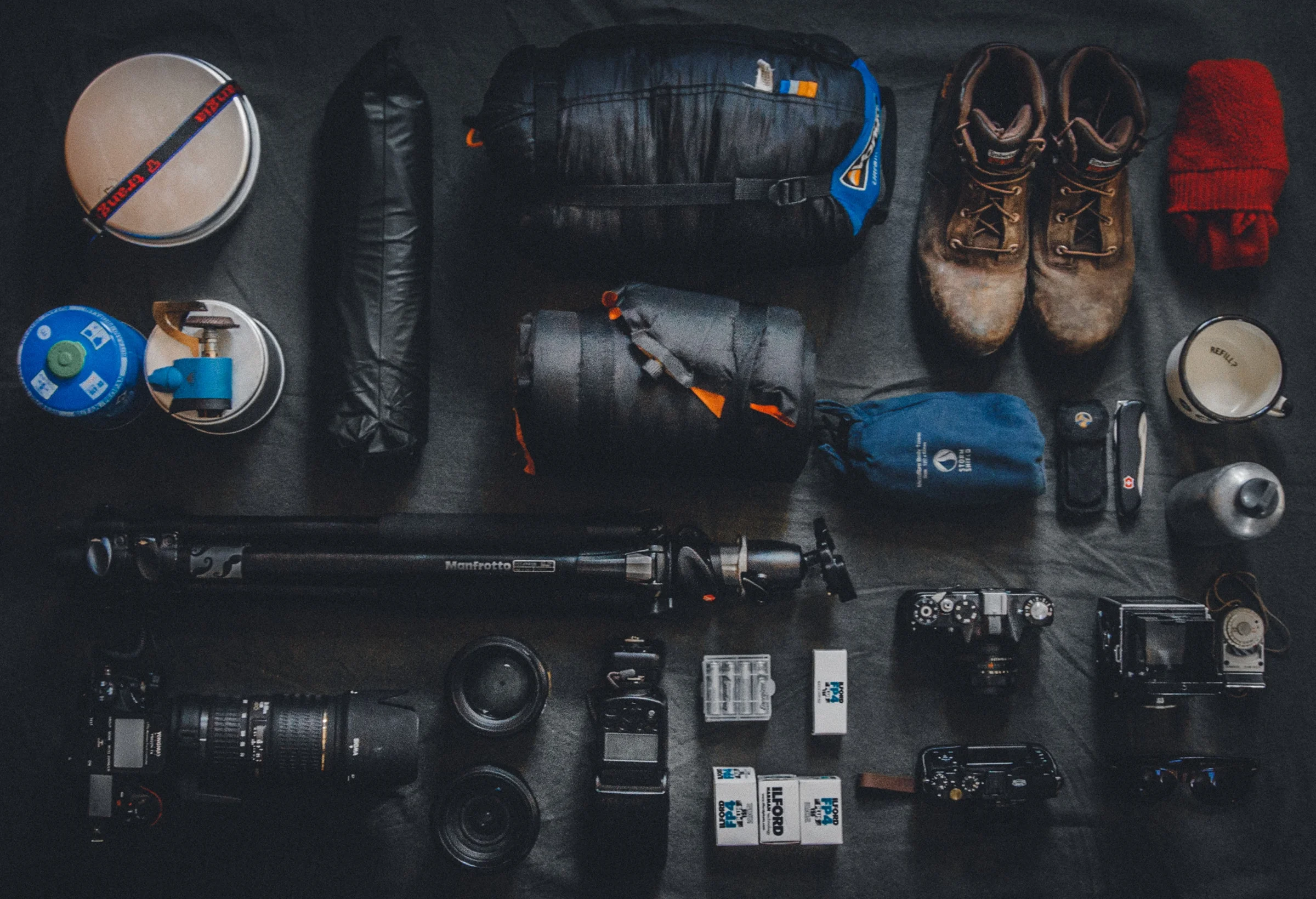Having worked in both the print, photography and video industries for a long time, I’ve always appreciated the importance of having a properly calibrated display. It can actually make a huge difference, especially if you’re collaborating with others or having you work printed or so on. Over the years I’ve used a variety of calibration tools, and I’ve recently been trying out a new calibration system for my computer, the Datacolor Spyder X.
All in Gear
Why You Should Use a Histogram with an EVF on a Mirrorless Camera
I’ve seen a few posts lately complaining about new mirrorless cameras not exposing properly compared to what the user is seeing in the EVF. It seems that in a few instances, people are judging exposure purely by what they’re seeing in the viewfinder. Even if you are also using the included light meter, you may still see a different result when looking at images later on your computer. I call this the EVF effect, and if you’re shooting mirrorless, it’s something you need to be aware of.
This should be Fuji’s New Kit Lens
If you’ve been following his blog for a while You’ll know that I previously posted about wanting a 24-105 (in full frame terms) equivalent for Fuji for sometime. They previously previewed the 16-80mm lens a while ago and put it in the roadmap, but now they've officially announced the launch date and the full specs of it.
Sony Pushes the Envelope with the A7RIV
Sony once again demonstrated its technological chops this week releasing a new version of its A7R series. The new model, the A7RIV brings the sensor to an impressive 61megapixels, and the new model also ads improved speed, autofocus and ergonomics. The fact that Sony can fit all this into a pretty small body is even more impressive.
Why is Canon removing 24p from its Low End Camera Lineup?
Last week Canon launched the latest iteration of its popular G7X series of compact cameras. The Mark III looks to be a really great camera for vloggers in particular, adding a microphone input and 4K recording to a camera already popular with the vlogging community. Except for reasons that escape me, Canon has inexplicably removed the ability of the G7X III to record in 24p. This isn't the first time either. Canon seems to be systematically removing 24p from it’s lower end lineup, and I really can’t understand why.
Continuing to prolong the life of my old Mac Pro
I’ve been managing to keep an ageing 2012 Mac Pro as my main computer for nearly 7 years now, and from time to time its really been a struggle. Over the years I’ve added various upgrades and replacement parts, and its somehow managed to keep going, despite getting a tremendous amount of use. Lately though it’s been driving me mad. It takes nearly an hour to reboot - from off to being useable. The OS comes up in about two minutes, but by the time everything loads and settles down and is useable - it’s nearly an hour. This is partly because of a slow system drive, and partly due to years of bits and pieces clogging the OS
Canon Eos Rebel SL3 / Eos 250D - A Great Entry Level Option for Vloggers
Last week Canon released a new version of its entry level DSLR (Previously the Eos 200D in Europe) and for the most part it flew under the radar, with the exception of the obligatory round of Canon bashing from the usual suspects. The thing is though, it’s actually a pretty capable little camera for the price, and if you’re starting out, especially if you want to get into Vlogging, it’s worth considering.
Is the Sony A6000 is Achieving Cult Status?
I’ve noticed something interesting in my web stats lately. I’m getting an awful lot of traffic from articles related to the Sony A6000. Considering that I probably talk about Fuji cameras and processing far more, it surprised me that this is the number one thing that people come to my site for from search engines. But that’s not all, on my YouTube channel, videos about the A6000 are also getting a lot of traffic. In fact my first Street Photo Diary video about the A6000 is my highest watched video of all time.
Sony starts to take Vlogging seriously with the A6400
Yesterday Sony announced the latest camera in its A6K line, and for the first time, Sony has embraced the Vlogging market somewhat seriously. The new camera, the Sony A6400 is a mid-range entry in Sony’s APS-C lineup, which borrows some features from higher end Sony cameras as well as adding some new features of its own, all for a relatively affordable price.
The L-Mount Alliance, Some Thoughts
While the rumours of Panasonic planning to release a new full frame camera were fairly rampant in the lead up to Photokina, I think the announcement of a partnership between Sigma, Panasonic and Leica took many by surprise. Once you think about it, it makes a lot of sense. Panasonic and Leica already have a long partnership, and Leica have an existing mount and system, so using that makes a lot of sense for Panasonic. Sigma also joining this group is interesting, because it means that there will be the potential for the system to expand much more quickly than it would with just one manufacturer.
Editorial - New Mirrorless Cameras: It’s about choice
With the new mirrorless camera options from Nikon and Canon there has been a lot of discussions about the various specs and pros and cons of these new cameras. Now that the initial craziness has died down a bit we’re starting to see reactions from those actually using these cameras, and for the most part the opinion from those with real world experience seems to be mostly positive. Something struck me though when reading some of the reviews, and also readings some comments on my own content, is that people may be missing the most important thing about these releases: Its about choice.
Quick thoughts on the Canon Eos R and the Fuji X-T3
I’m busy working on a project at the moment, so I don’t have a lot of time to do a full write-up, but I did want to offer a few thoughts on the latest releases from Canon and Fuji. Canon launched its full-frame mirrorless system at an event in Hawaii yesterday, and today, Fuji announced the latest in its X-Series lineup, the X-T3.
One of my earliest lessons on Cameras and Gear
Many (too many) years ago, at the beginning of my career in television production, I did a government-sponsored course of film and video production. It was how I got started, and I loved every minute of it. I wouldn’t be where I was today without that course, and I’ll talk about that more at some point in the future, but there was one really important lesson I learned in the first week, which has stuck with me to this day and applies across all fields.
A few more Nikon Z-Series Notes
After the initial hype (and the corresponding outpouring of disappointment and scorn) lots of details have begun to emerge about Nikon’s new mirrorless cameras, and there are a couple of interesting tidbits that I came across. So here are a few notes in no particular order.
Thoughts on the New Nikon Z-Series
So today, Nikon finally announced the company’s new Mirrorless cameras, the Z7 and Z6. I say finally because the leaks and rumours seem to have been going on for months, not to mention Nikon’s own teasing of the new system. So now that they’re official, what do I think?
Signal to Noise Ratio: Why some camera comparisons are wrong
An age-old measure of the performance of many types of recording is “signal to noise ratio”. In essence, it looks at how much noise there is compared to useful signal in any given medium, whether it’s an analogue transmission or even a digital recording. There’s one thing that I’ve noticed a lot recently, and that is when people compare cameras they often look at 1:1 crops to compare the results. In particular, they use this to compare noise performance between cameras. However, when comparing cameras of different resolutions, this may not actually give you an accurate comparison. The reason for this is that when doing this you’re only looking at one part of the equation, the noise, without considering the other part: the signal.
Shooting Light: Capturing Sunset with the Sony A6000 and Kit Lens (and a Canon G7XII)
A few weeks ago I wanted to photograph something a little different, so we headed out to a place in North County Dublin where you can see Dublin Port from the far side, as well as watch the boats come and go. We timed the trip so that we would arrive as the sun begins to set, and I was only travelling light camera wise. I went equipped with the Sony A6000, with the only lens being the kit lens. I also had the Canon G7XII with me, which I had initially brought just to shoot video, but I ended up shooting stills with it too.
Two Street Photo Lenses for the Sony A6000 (Sigma 30mm & 19mm)
When I did a recent episode of my “Street Photo Diary” series of videos, in which I shot with the Sony A6000, I got a lot of questions about the lenses that I use. The two that I probably use the most when shooting street photography, str two Sigma Lenses, the 30mm and 19mm f/2.8. In this video, I go shooting with these lenses and give you a quick review as well as showcasing the process.


















